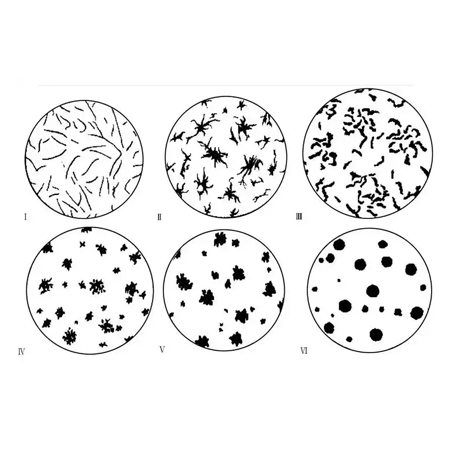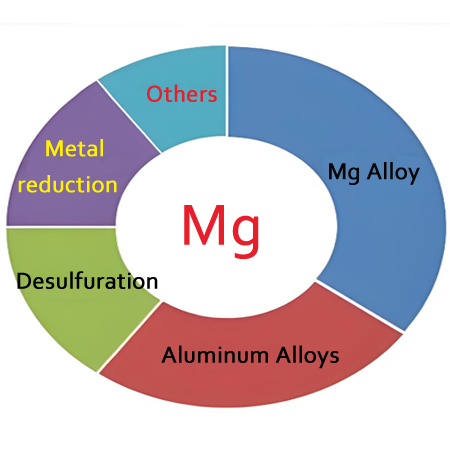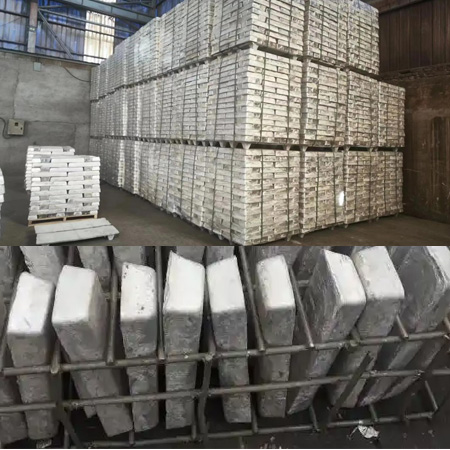Forms of Graphite in Cast Iron and Their Properties
Carbon in cast iron exists primarily in two forms: cementite and graphite. Cementite, a compound of carbon and iron, increases cast iron’s hardness but reduces its toughness, making it more susceptible to brittle cracking. Graphite, on the other hand, enhances cast iron’s lubricity and vibration damping, improving machinability and thermal conductivity. Different forms of graphite […]
Forms of Graphite in Cast Iron and Their Properties Read More »






